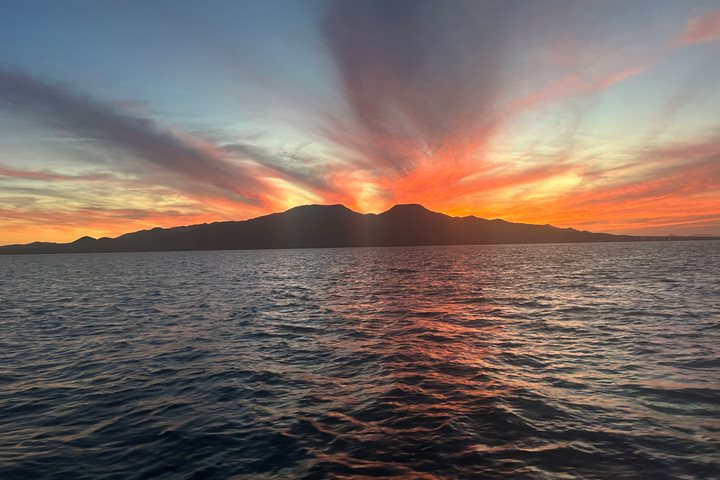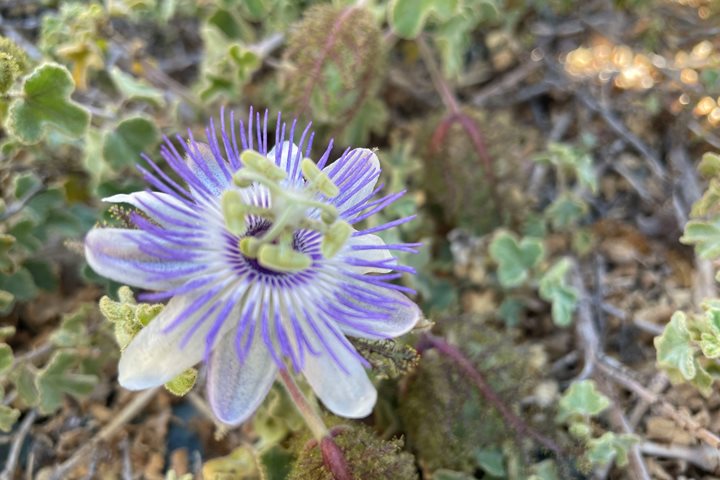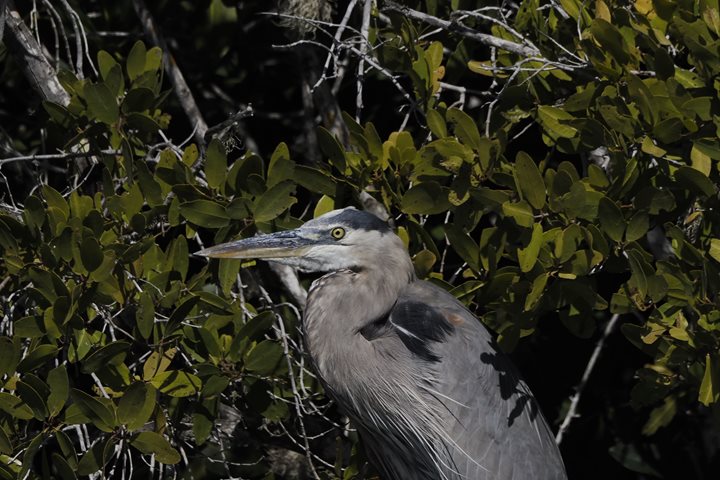Our voyage among great whales commenced today with an exploration of the southernmost section of the Magdalena Bay Complex called Bahia Almejas (Clams Bay). National Geographic Sea Bird anchored close to Cresciente Island (Crescent Island) which marks the southern limit of Bahia Almejas. Half of our guests and naturalists got on pangas, multi-purpose fiberglass boats, with local permit holders for the first whale watching activities. We spotted whales breaching, spy-hopping, and performing other types of behavior. The other half of our guests went to explore the shores and arroyos of Margarita Island where they discovered many interesting things. Then the groups switched. It was our first foray into the Sonoran Desert environment, and we captured excellent pictures that spoke of some of those wonders. In the afternoon, our cetacean specialist delighted us with a slideshow on gray whales.
- Daily Expedition Reports
- 20 Mar 2019
Bahia Almejas & Santa Margarita Island, 3/20/2019, National Geographic Sea Bird
- Aboard the National Geographic Sea Bird
- Baja California
Adrian Cerda, Naturalist
Adrian studied biology at the national Autonomous University of Mexico. In 1991 the Wildlife Preservation Trust of Jersey, on Britain's Channel Islands, awarded Adrian with a scholarship to its prestigious 16-week training program in Captive Manageme...
Read MoreDexter Sear, Videographer
Dexter grew up in England where a love for exploring the countryside ignited a lifelong passion for discovering natural history and embarking on adventure. As a teenager, two trips to India sparked a fascination with insects and a desire to share a “...
Read MoreShare Report
Baja California: Observing the Whales of Magdalena Bay
VIEW ITINERARYRelated Reports
3/15/2025
Read
National Geographic Sea Bird
Puerto Magdalena
Walks in the desert can hold a plethora of surprises, and today was no exception. From clusters of scarlet Palo Adan flowers, the gems of the morning, to purple and white striped passion flowers. The numerous fruits on the vine attested to a series of flowers earlier this month. A diminutive bird, the verdin, was also interested in the Palo Adan flowers. The verdin’s short beak cannot reach the nectar, so this bird approaches the base of the flower, nips it open, and takes a nectar reward; pollination of the flower is thwarted in this thievery. The exoskeleton of a tarantula was found under the scrub, an indication of a spider that has molted and grown a bit bigger. At the end of the trail, we were all rewarded with a magnificent view of the Pacific Ocean. Good things come to those who venture outdoors.
3/14/2025
Read
National Geographic Sea Bird
Boca de la Soledad
Today we woke up in the northernmost part of Magdalena Bay. In the morning, we went whale watching at Boca de la Soledad, where we came across a mother and calf. Later, we went to Estero Chivo at high tide, where we observed a variety of birds. We were particularly interested in the numerous shorebirds, egrets, and herons. We raised anchor to continue our day. While transiting Hull Canal, we spotted bow-riding bottlenose dolphins. National Geographic Sea Bird set anchor in front of Magdalena Island. The wind was blowing, causing the dunes to come alive. After walking among dunes and desert plants, we arrived at the Pacific coast of Magdalena Island. We enjoyed walking along the beach and observing various shells, snails, and sand dollars. In the distance, we spotted the carcass of a beached gray whale and contemplated both life and death. These animals begin their lives on the coast of Mexico, and their cycle also ends here.









